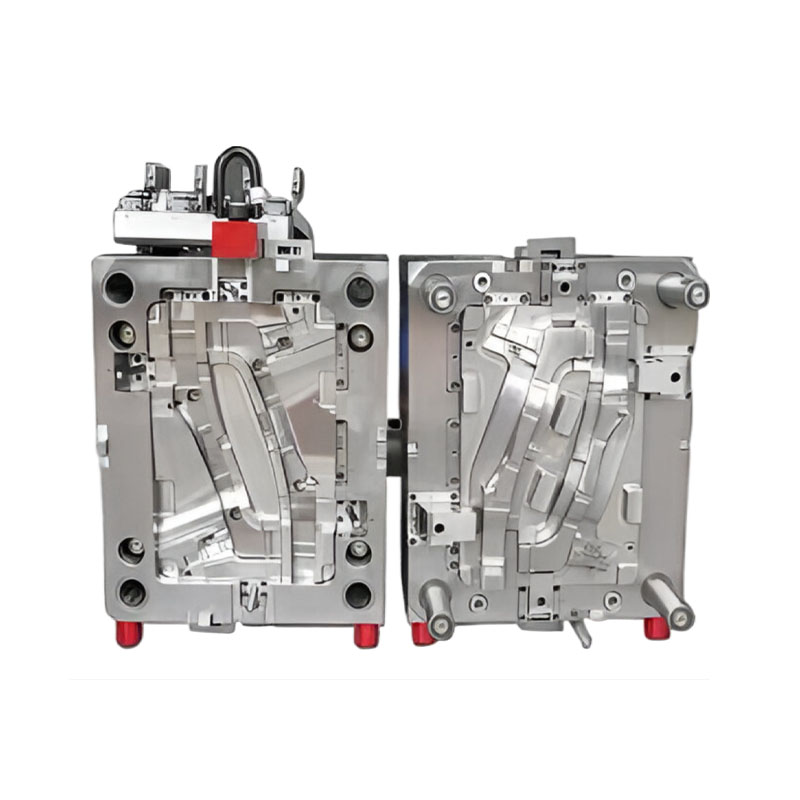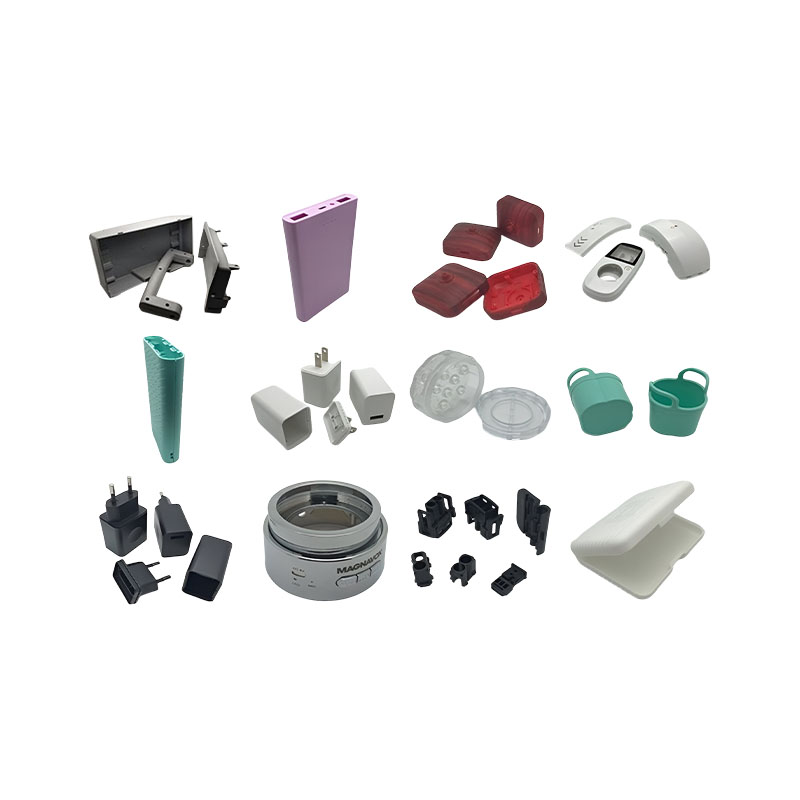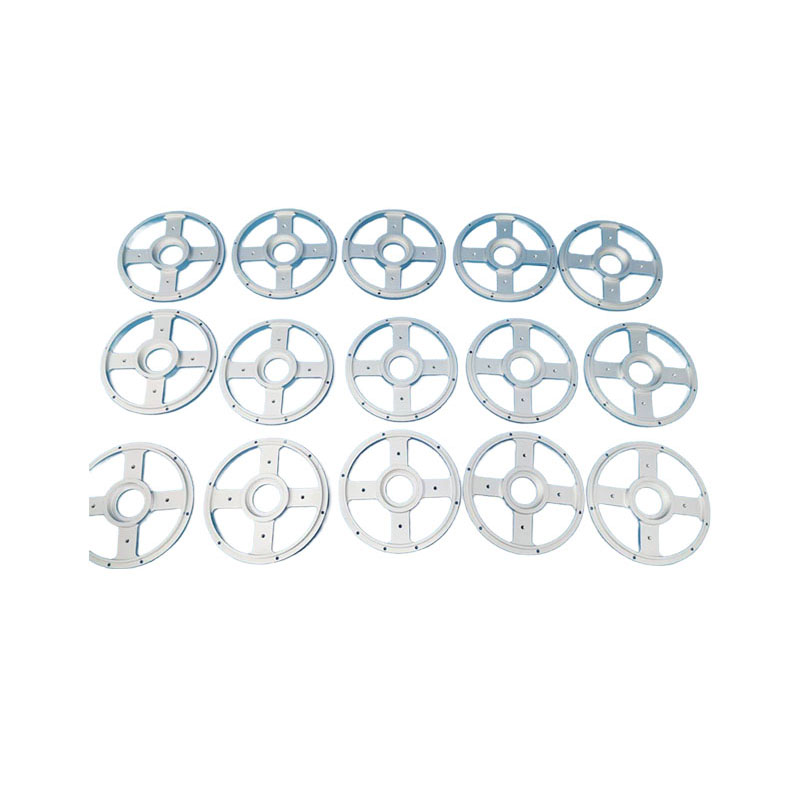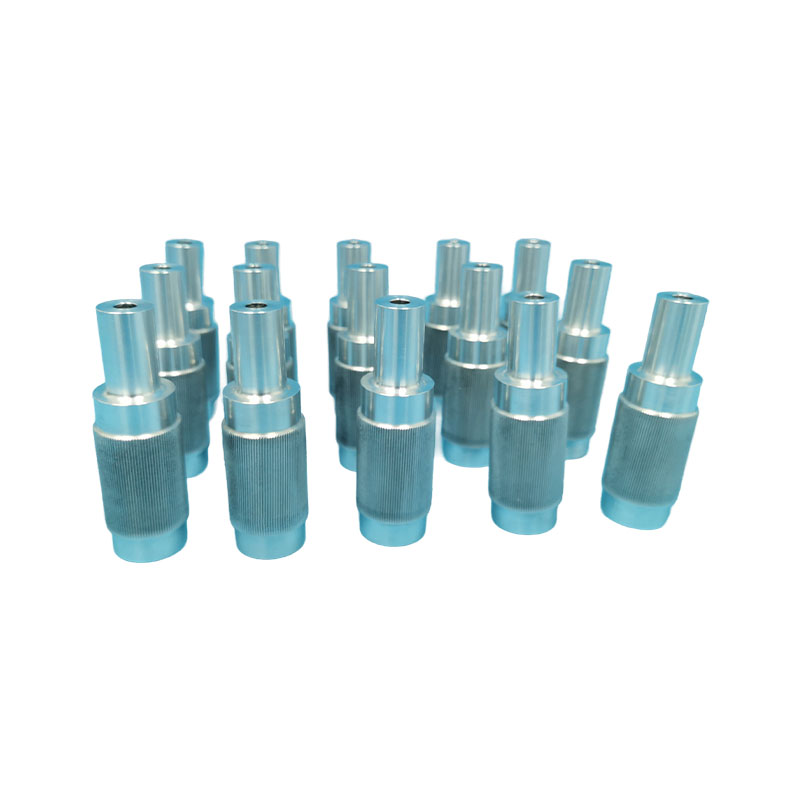How does aluminum parts engraving machine processing achieve high-precision contours and detailed engraving?
Release Time : 2025-10-11
Amid the booming development of modern manufacturing and personalized customization, aluminum parts engraving machine processing has evolved from simple logo engraving to a core process for achieving complex designs and precise structures. Whether it's precise serial numbers on industrial equipment, brand logos on electronic products, artistic patterns in architectural decoration, or personalized inscriptions on high-end gifts, users are demanding increasingly stringent engraving accuracy and detail. A high-quality engraved aluminum part requires not only clear contours and smooth lines, but also faithfully reproduces every subtle turn, arc, and layer of the design. Achieving this high precision relies on the precise control of the CNC system, the stability of the mechanical structure, the careful selection of tools, and the scientific matching of process parameters—a profound fusion of technology and art.
The foundation of high-precision engraving lies in the precise calculations and command execution of the CNC system. Modern engraving machines generally utilize high-performance CNC systems that can accurately interpret 3D models or 2D vector graphics from CAD/CAM software, converting complex curves, sharp angles, and fine text into precise tool paths. During operation, the system controls the spindle position, feed rate, and cutting depth in real time, ensuring that the tool follows the preset trajectory with minimal error. Even densely packed fine lines or tiny fonts can be reproduced point by point, avoiding blur or distortion caused by path deviation.
The rigidity and stability of the mechanical structure are the physical prerequisites for ensuring precision. During the engraving process, the spindle rotates at high speed, and the tool contacts the aluminum material, generating cutting forces. Any slight deformation or play in the machine bed or transmission components will be directly reflected on the machined surface, causing burrs, waviness, or contour deviation. Therefore, high-quality engraving machines utilize highly rigid cast iron or welded steel bed structures that undergo precision machining and aging treatment to ensure long-term deformation resistance. The accuracy of linear guides and ball screws directly affects motion smoothness and repeatability. High-precision components ensure that the tool consistently returns to the same position during multiple reciprocating motions, ensuring consistent batch processing.
The choice of tool for aluminum parts engraving machine processing plays a crucial role in achieving the best possible detail. Aluminum engraving typically uses micro carbide tools, with diameters as fine as a few tenths of a millimeter. Their cutting edges are precision-ground for sharpness and durability. Different tool shapes are suitable for different engraving needs: V-shaped tools are suitable for engraving sharp text and lines, creating a gradient effect; ball-end tools are used for engraving curved surfaces, ensuring smooth transitions; and flat-bottom tools are suitable for flat engraving and large-area corner removal. Tool coating not only improves wear resistance but also reduces aluminum chip adhesion, keeping the cutting edge clean and preventing scratches or tool breakage caused by chip buildup.
Optimizing machining parameters is crucial for achieving fine engraving. Excessively high spindle speeds can increase vibration, while too low can affect cutting efficiency and surface finish. Feed rate must be aligned with speed and depth of cut. Too high a speed can overload the tool and cause burrs, while too low a speed can cause frictional heat to soften the material or cause tool sticking. For aluminum alloys of varying thicknesses and grades, the cutting depth and stepover distance must be adjusted, using a layered milling process to gradually reduce the tool depth and avoid excessive cutting depth, which can break the tool or deform the workpiece. Especially when engraving fine text or dense patterns, the feed rate should be reduced to ensure each cut is precise and accurate.
Cooling and lubrication methods also affect engraving quality. An appropriate amount of coolant not only dissipates cutting heat and prevents dimensional deviation caused by the aluminum material's expansion due to high temperatures, but also facilitates chip removal, preventing debris from accumulating in the engraving area and causing secondary scratches. For surfaces requiring a high finish, minimal lubrication or mist cooling can be used to reduce liquid residue and facilitate subsequent cleaning and surface treatment.
Furthermore, the workpiece must be securely clamped; any slight looseness or vibration can compromise engraving accuracy. Vacuum suction, specialized fixtures, or locating pins can ensure that the aluminum part remains stationary during processing. For curved or irregularly shaped workpieces, a rotating axis or custom fixture is required to achieve precise engraving from multiple angles.
Ultimately, the high precision of aluminum parts engraving machine processing is reflected not only in dimensional accuracy but also in visual clarity and texture. The engraved lines are sharp and burr-free, the text strokes are complete and clear, and the patterns are clearly layered. Whether viewed up close or experienced tactilely, they all reflect the rigorous craftsmanship and pursuit of quality. In today's pursuit of personalization and high quality, CNC engraving, with its irreplaceable precision and flexibility, makes each aluminum product a unique work of art and a perfect combination of functional components.
The foundation of high-precision engraving lies in the precise calculations and command execution of the CNC system. Modern engraving machines generally utilize high-performance CNC systems that can accurately interpret 3D models or 2D vector graphics from CAD/CAM software, converting complex curves, sharp angles, and fine text into precise tool paths. During operation, the system controls the spindle position, feed rate, and cutting depth in real time, ensuring that the tool follows the preset trajectory with minimal error. Even densely packed fine lines or tiny fonts can be reproduced point by point, avoiding blur or distortion caused by path deviation.
The rigidity and stability of the mechanical structure are the physical prerequisites for ensuring precision. During the engraving process, the spindle rotates at high speed, and the tool contacts the aluminum material, generating cutting forces. Any slight deformation or play in the machine bed or transmission components will be directly reflected on the machined surface, causing burrs, waviness, or contour deviation. Therefore, high-quality engraving machines utilize highly rigid cast iron or welded steel bed structures that undergo precision machining and aging treatment to ensure long-term deformation resistance. The accuracy of linear guides and ball screws directly affects motion smoothness and repeatability. High-precision components ensure that the tool consistently returns to the same position during multiple reciprocating motions, ensuring consistent batch processing.
The choice of tool for aluminum parts engraving machine processing plays a crucial role in achieving the best possible detail. Aluminum engraving typically uses micro carbide tools, with diameters as fine as a few tenths of a millimeter. Their cutting edges are precision-ground for sharpness and durability. Different tool shapes are suitable for different engraving needs: V-shaped tools are suitable for engraving sharp text and lines, creating a gradient effect; ball-end tools are used for engraving curved surfaces, ensuring smooth transitions; and flat-bottom tools are suitable for flat engraving and large-area corner removal. Tool coating not only improves wear resistance but also reduces aluminum chip adhesion, keeping the cutting edge clean and preventing scratches or tool breakage caused by chip buildup.
Optimizing machining parameters is crucial for achieving fine engraving. Excessively high spindle speeds can increase vibration, while too low can affect cutting efficiency and surface finish. Feed rate must be aligned with speed and depth of cut. Too high a speed can overload the tool and cause burrs, while too low a speed can cause frictional heat to soften the material or cause tool sticking. For aluminum alloys of varying thicknesses and grades, the cutting depth and stepover distance must be adjusted, using a layered milling process to gradually reduce the tool depth and avoid excessive cutting depth, which can break the tool or deform the workpiece. Especially when engraving fine text or dense patterns, the feed rate should be reduced to ensure each cut is precise and accurate.
Cooling and lubrication methods also affect engraving quality. An appropriate amount of coolant not only dissipates cutting heat and prevents dimensional deviation caused by the aluminum material's expansion due to high temperatures, but also facilitates chip removal, preventing debris from accumulating in the engraving area and causing secondary scratches. For surfaces requiring a high finish, minimal lubrication or mist cooling can be used to reduce liquid residue and facilitate subsequent cleaning and surface treatment.
Furthermore, the workpiece must be securely clamped; any slight looseness or vibration can compromise engraving accuracy. Vacuum suction, specialized fixtures, or locating pins can ensure that the aluminum part remains stationary during processing. For curved or irregularly shaped workpieces, a rotating axis or custom fixture is required to achieve precise engraving from multiple angles.
Ultimately, the high precision of aluminum parts engraving machine processing is reflected not only in dimensional accuracy but also in visual clarity and texture. The engraved lines are sharp and burr-free, the text strokes are complete and clear, and the patterns are clearly layered. Whether viewed up close or experienced tactilely, they all reflect the rigorous craftsmanship and pursuit of quality. In today's pursuit of personalization and high quality, CNC engraving, with its irreplaceable precision and flexibility, makes each aluminum product a unique work of art and a perfect combination of functional components.







